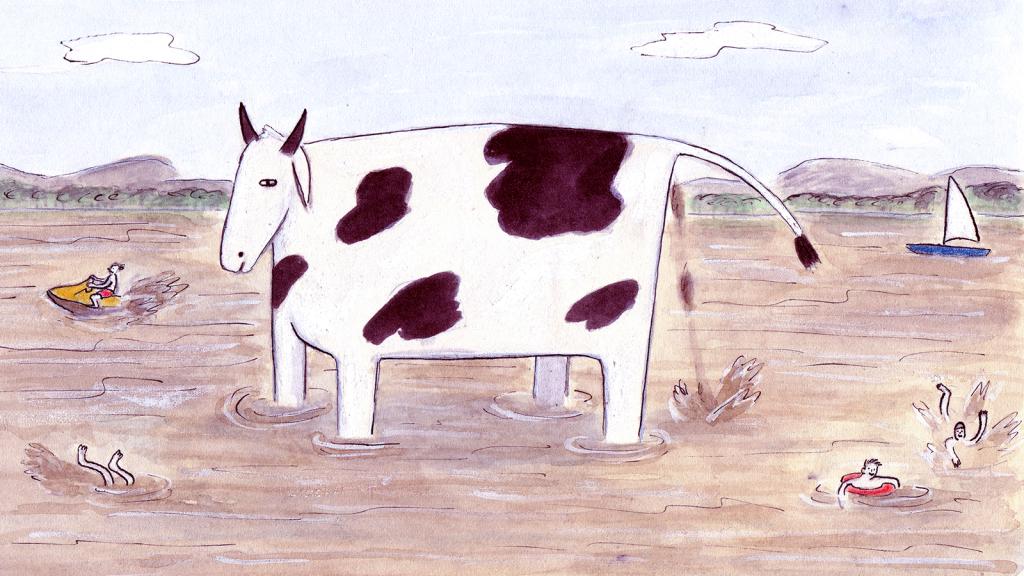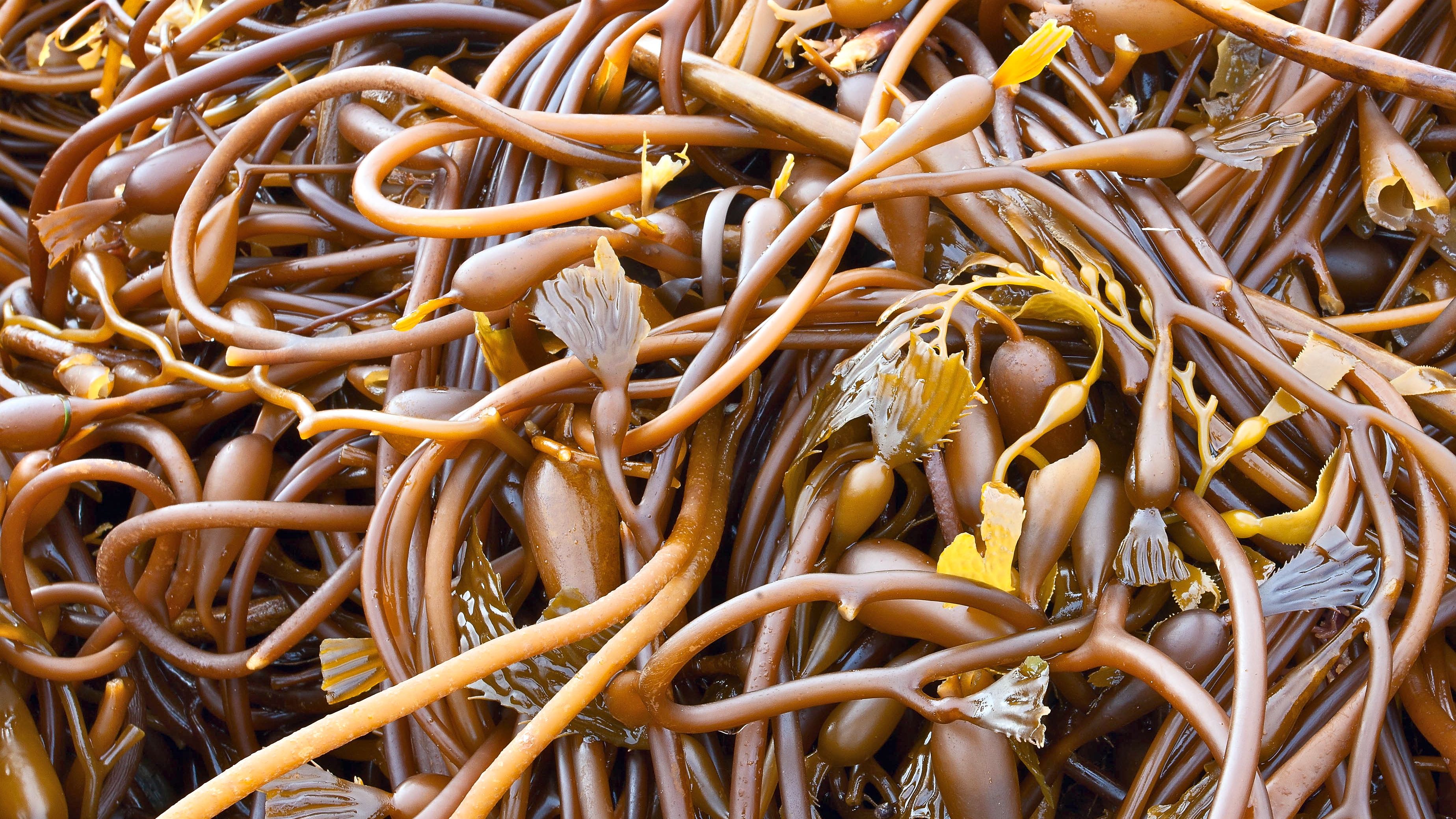Eating kelp sounds gross. But even the mighty kale was once largely regarded as a leathery, bitter garnish. Look how far that leafy green has come now!
We’re bound to tire of smothering kale in peanut butter and baking it into cookies someday. When that happens, we might turn to the oceans to satisfy our next big veggie craze. In the video above, Bren Smith, the director of Greenwave, explains why he thinks seaweed is poised to invade our plates. Here’s a few reasons:
1. It requires no fresh water or land to grow. At the rate we’re going, we probably want to be more frugal with both these resources. Smith points out that kelp can be grown in dense sites off our coasts instead of space-hogging, water-sucking fields.
2. It cleans up the water. Nutrient runoff from farms leads to scary things. Kelp farms can help clean up our messes — especially if they’re integrated with shellfish like mussels or oysters that also slurp up some of that nasty pollution.
3. It sequesters carbon. Yes, all plants absorb CO2. But kelp grows so fast that scientists say seaweed farms could do a particularly good job of absorbing some of our fossil fuel emissions.
4. It’s good for you. Vitamins! Calcium! Iodine! Everybody will love kelp once you can call it a “superfood.”
5. It’s delicious. Or so chef David Santos wants you to believe. In any case, he’s figuring out how to noodle-it, pickle-it, and butter-it in ways that are guaranteed to make your mouth water. Penne con algae, anyone?



